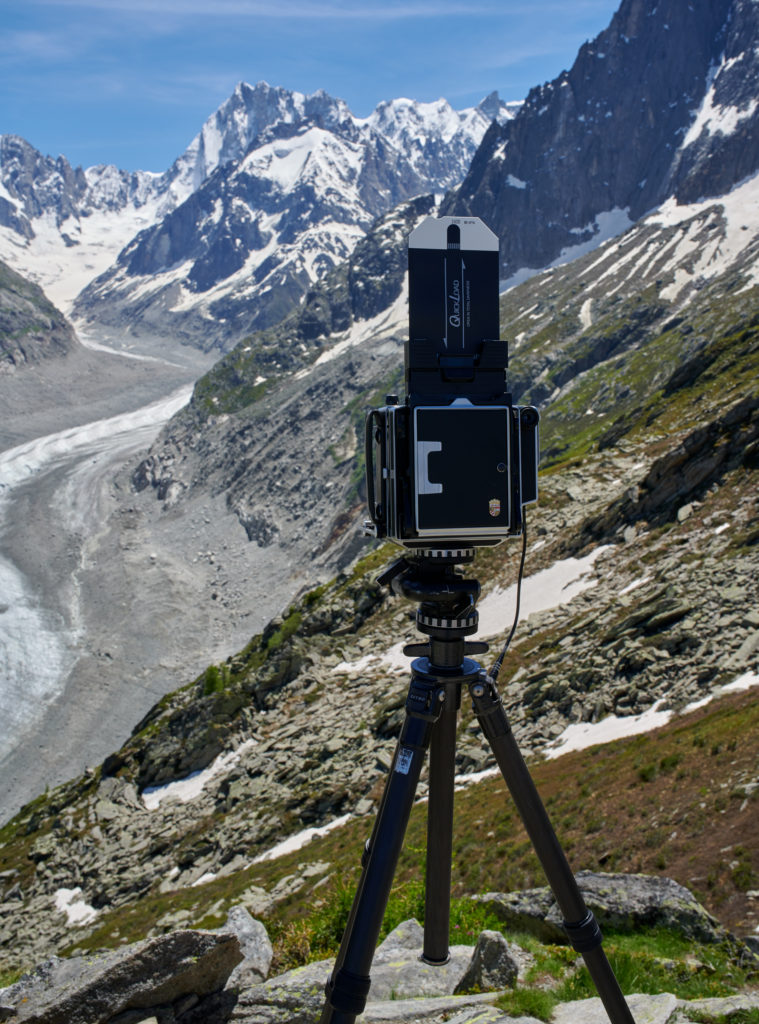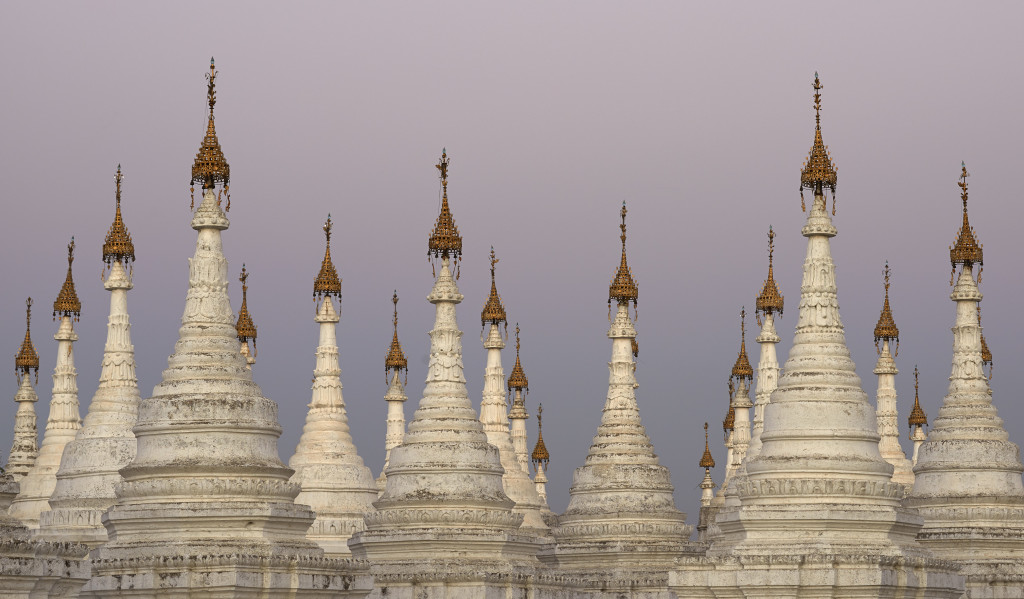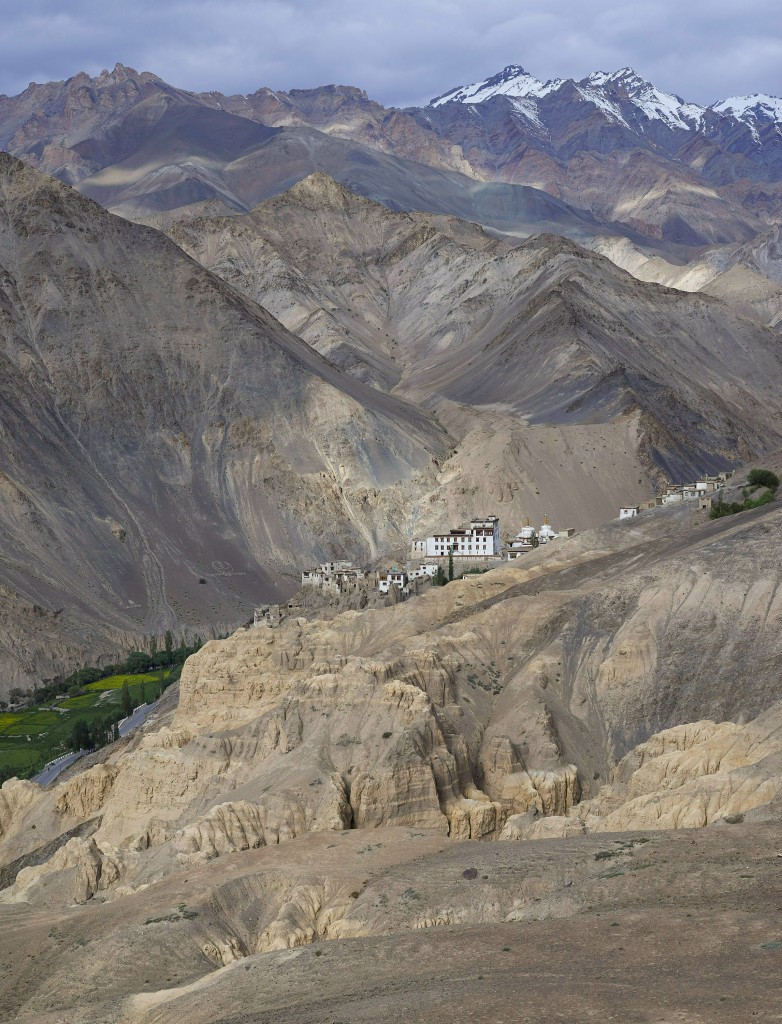
Linhof Technika with the last sheet of Quickload about to be exposed. Notice the envelope retracted from the holder.
On a view camera a sheet of film must be loaded into a holder. This can be done in the complete darkness of a proper dark-room, in some odd, windowless hotel bathroom, or using a film-changing tent. After the camera has been set up and focused, the holder is inserted into the camera, the dark slide removed from the holder, and the exposure is made. The dark slide is then reinserted, and the film holder removed from the camera.
The standard (Riteway, Fidelity, and Toyo, among others) film holders hold two sheets, one on each side of the pressure plate. The Grafmatic holders held six individual sheets but they were not very reliable. Consequently, one has/had to carry multiple film holders, extra sheet film, the changing tent, and an empty box to store the exposed film. This kind of nuisance kept me away from the view camera for some time.

